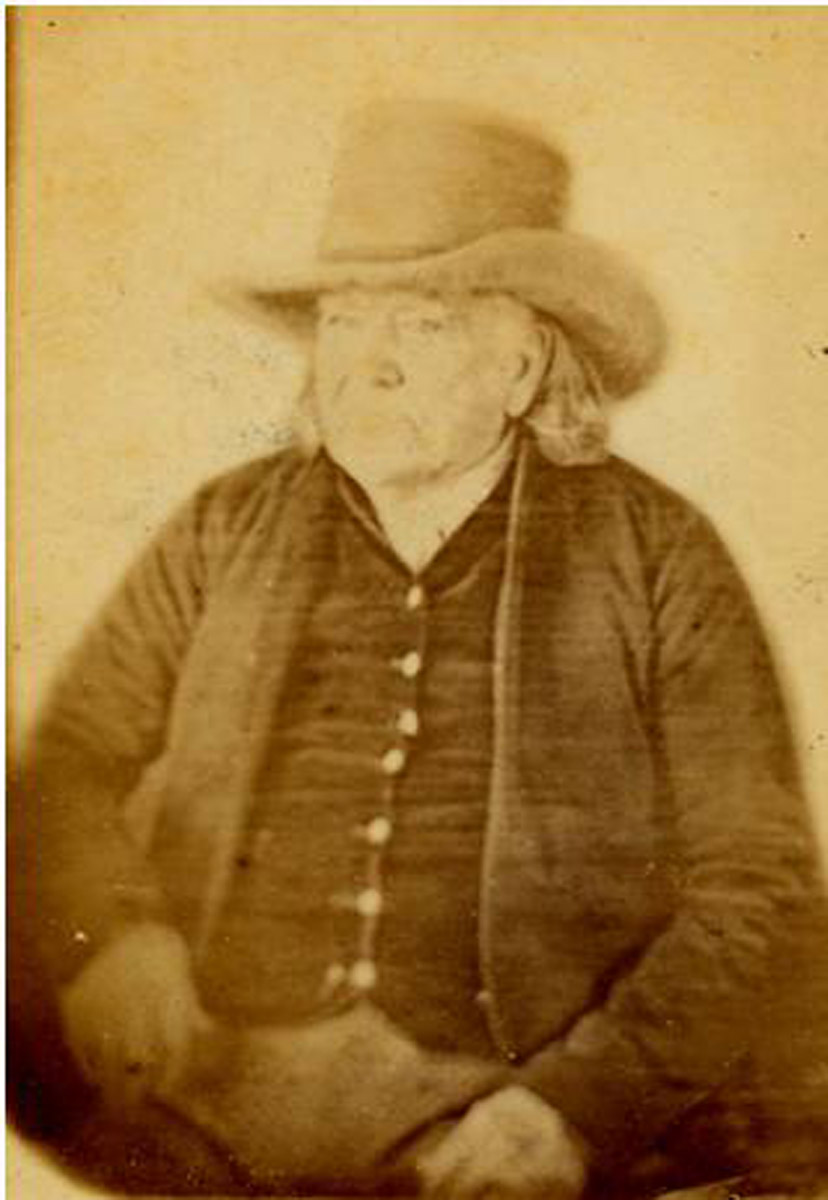Frederick Stover

One of the first settlers in Norwich in 1811, Frederick Stover (1770-1857) was an arch proponent of Black settlement in the Norwich area. Born in Dutchess County, New York, Stover came to Norwich Township with much of his extended family. He owned land on what is now Quaker Street, on which he built a farmstead, as well as donating twenty-five acres of land for the construction of a Meeting House, on which this cemetery now stands. Stover, a Quaker, became an abolitionist on his travels to the Yearly Meetings of the Society of Friends in the United States in the 1830s. Stover was appointed to purchase the land for the Wilberforce settlement in 1830, having corresponded with the Indiana Yearly Meeting’s Standing African Committee.
* * *
This settlement was intended to settle 2,700 free Black people from Ohio, since even free US states had laws that were prejudiced against Black people seeking employment. However, the settlement was unsuccessful, with only 450 people arriving. Many of the settlers eventually moved to settlements with larger Black populations. A more spontaneous settlement developed at Concessions 7 and 8 in the Township of Norwich in the 1830s. Frederick Stover was appointed by the Ohio and Indiana Friends to purchase land for the settlement of these free Black settlers, although many of them had the money to purchase their own land when they arrived. The growth of the lumber industry in the area seems to have provided many of these Black settlers with employment. Stover was also a trustee of the Dawn Mechanics Institute, a school for Black children over 15, set up in 1842 by Josiah Henson (the inspiration for Harriet Beecher Stowe's Uncle Tom) in present-day Dresden, Ontario. The community around the school eventually grew to around 1500 acres, with the school covering an additional 300 acres, with a population of 500.
